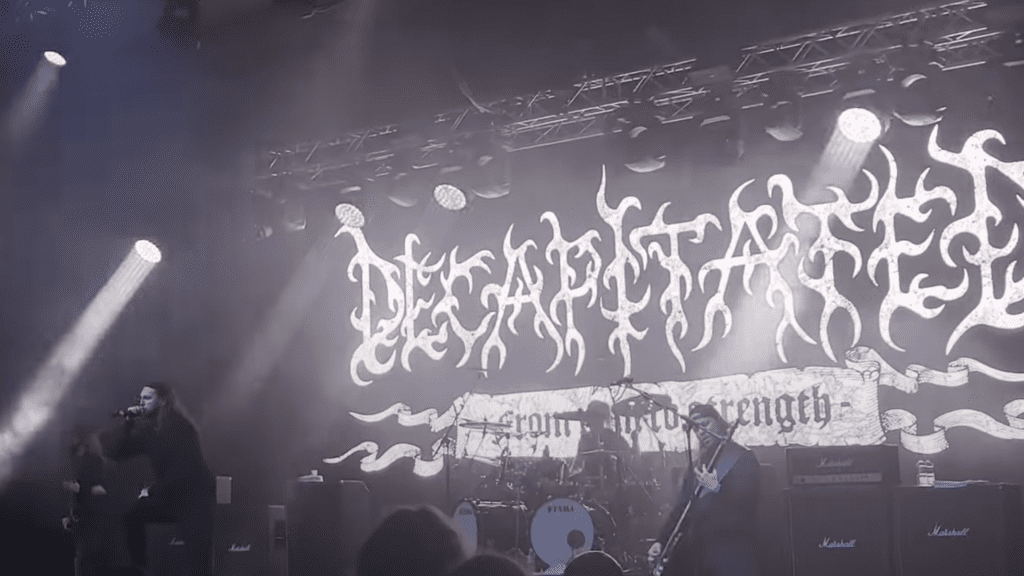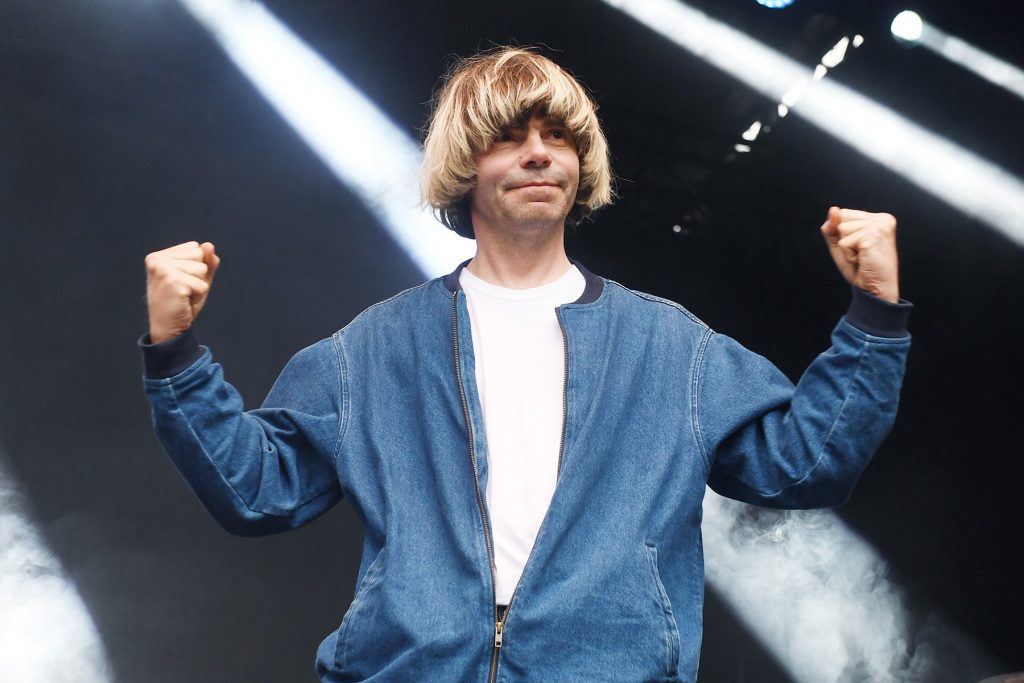
Revisit Review: RAGE AGAINST THE MACHINE Battle Of Los Angeles

It’s been 25 years since politically charged rap-rock leaders Rage Against The Machine dropped their chart topping third record Battle of Los Angeles in 1999, and 24 years since their protest performance, across the street from where Bill Clinton and Al Gore hosted their own dazzling performance at the Democratic National Convention. For many of us, this record was the hand that removed our blindfolds, guiding us to look more closely at the system of oppression that delivers the delusion of choice dressed in red and blue.
As vocalist Zack de la Rocha cried “Brothers and sisters, our democracy has been hijacked!”, the crowd cheered, waving American flags and holding protest signs as police lined the perimeter with their hands ready with tear gas. The crowd would later face off with police, ending in multiple arrests – but social media platforms to spread the word were yet to be invented. These protests against the two-party system were few in 1999, and media coverage of these events only furthered the ignorance towards left-wing ideals and this band was determined to change that.
Beginning in 1992, Rage Against the Machine was one of the most politically charged bands ever to receive extensive airplay from radio and music TV channels. De la Rocha likely hoped for Rage Against the Machine to inspire a wave of unstoppable action that would ultimately bring around a new system of true democracy to rise, but Americans fell short as capitalism wrapped its strong sticky hands around the necks of those who had no choice but to work for corporations with even stickier morals.
[embedded content]
First track “Testify” fits in perfectly with Rage‘s slew of songs with fiery introductions but the whole record is the perfect soundtrack to “raise your fists and march around”, denying the church further possession of young people and instead granting them power to organize against bloodshed as a result of America’s global take over. “Guerilla Radio” launches into one of Rage‘s most punching lines “All Hell can’t stop us now!” and references American political activist Mamia Abu-Jamal, who was convicted of murder and sentenced to death in 1982 for the 1981 murder of a police officer.
As a well-known political group, Rage Against the Machine is a band who actually puts their time and money where their lyrics are. January 1999 saw the band’s notorious New Jersey benefit concert that raised $80,000 for Mumia Abu-Jamal along with a media clash between a right-wing police union and the band. Two tracks into this record and we’ve only talked about a few things de la Rocha has organized to draw attention to the power imbalance of America’s billionaires.
“Sleep Now In the Fire”, featuring a now iconic guitar riff, was the ultimate track to involve over 300 fans with a video directed by documentarian Michael Moore, who was ultimately arrested as they shot the video on the steps of the Federal Hall National Memorial, staring down the New York Stock Exchange across the street. The band members and fans stormed the doors of the NYSE and although it ended rather abruptly, the images of left-wing “Niña, Pinta, and Santa Maria” leading fans into a financial institution more valued than American lives, live on in the brains of anti-establishment punks.
[embedded content]
“New Millennium Homes” addresses what I alluded to earlier, Americans being forced into labor that doesn’t ultimately serve us with “Cover the spread sheets/Dow Jones skyin’/Cell block live stock, the bodies they buyin'”. “Ashes In the Fall” repeats frequently heard lines from hard American supporters heaving up the religious perspective that “this is God’s land” and “war is elsewhere”, while the same supporters forget to mention that the war is perpetuated by America’s foreign affairs.
Today, de la Rocha seems to be the same person fighting for the voiceless, recently skipping his own Hall of Fame induction to joins the march on Washington for the freedom of Palestine. While de la Rocha is seen joining protests, bassist Tim Commerford did an interview with Rolling Stone earlier this year claiming to hate Trump and Biden equally while using Starlink, a product selling for double the amount of traditional internet services that is created and sold by Elon Musk, who has openly donated tens of millions of dollars to the Trump campaign. Interesting. While floor seats for the 2022 reunion tour went for over $200, the band announced they would donate $475,000 in ticket sale revenue to reproductive rights organizations in Wisconsin and Illinois while showing statements saying “abort the Supreme Court” at their shows.
I think the overall vibe of this record does not diverge from Rage Against the Machine‘s usual direction, although I find it difficult to look back on it now without considering the complexity and often conflicting sentiments shown by the members in 2024. Promoting skepticism toward the government and challenging the billionaire-backed system is both healthy and essential. Another part of me doesn’t enjoy hearing it come from a group of people who ultimately can retreat back to their comfortable, million dollar net worths (before donations that I assume de la Rocha hopefully makes) after charging exorbitant amounts for floor seats on their reunion tour, as guitarist Tom Morello has a $1700 named after him. At the end of the day, Rage Against the Machine undeniably served as many Americans first look into who truly holds power in our government and the painful suffering they will happily inflict in order to uphold it, and we have to thank them for that.
[embedded content]




